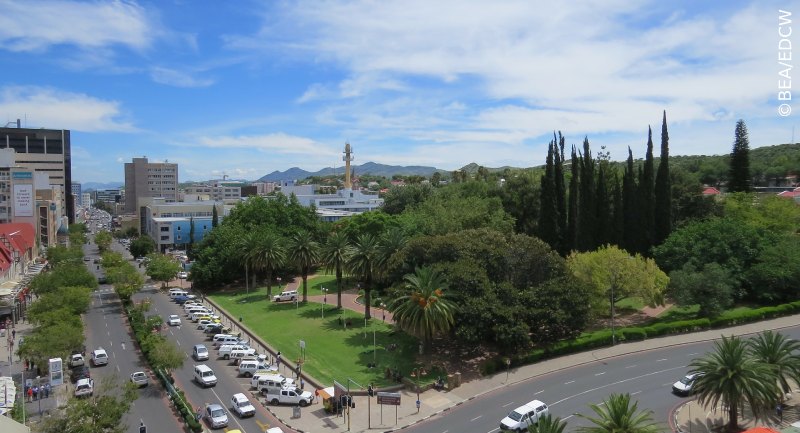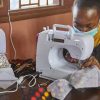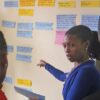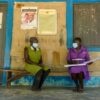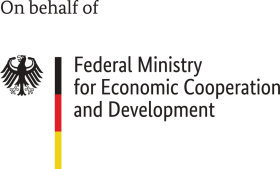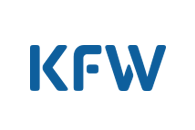Berlin and Windhoek: renewable energy for hospitals and schools

Windhoek and Berlin have been twinned for over 20 years. Within the framework of Green People’s Energy, this partnership is being expanded to include the topic of renewable energies: the Berliner Energieagentur and the Electricity Department of the City of Windhoek want to develop the great potential of renewable energies in Namibia’s capital. Here, a special focus is on Windhoek’s remote settlement areas with lacking access to elementary infrastructures.
Windhoek buys a large part of its electricity from South African coal-fired power plants at high prices. This is one of the reasons why the city government has decided to build its own solar energy plants with a capacity of 124 megawatts in the next five years and at the same time reduce electricity consumption through energy efficiency. The potential is great: Windhoek is one of the cities with the highest solar irradiation worldwide and could generate additional electricity with geothermal energy and wind.
In mid-February, representatives of the Berliner Energieagentur (BEA), the Electricity Department of the City of Windhoek (EDCW) and the German Federal Ministry for Economic Cooperation and Development (BMZ) met in Windhoek upon the invitation of Green People’s Energy to discuss solutions and bring the strategic partnership to life.
First, EDCW and BEA presented their cities’ respective energy transition plans and then discussed possible areas of cooperation. A key focus area will be an energy atlas for Windhoek, which will include the energy demand in the city districts, potential energy sources such as geothermal energy and photovoltaics on roofs, as well as the potential locations for grid feed-in.
The agreed partnership will focus on building local know-how and launching a pilot project in municipal infrastructure that will also enable Windhoek to better manage the demand side. Possible technologies would be PV systems with batteries, solar cooling and geothermal energy. Among other things, the energy experts identified schools, swimming pools and hospitals as suitable locations for the technologies.
Both cities can also envisage cooperation in the future in the areas of e-mobility, system planning and financing of renewable energy, user contracts and concepts for grid stability. They are also considering developing procedures for feasibility studies on Windhoek’s geothermal potential and wind resources at a later stage.
EDCW and BEA will soon meet again in Windhoek to further develop the project ideas.
